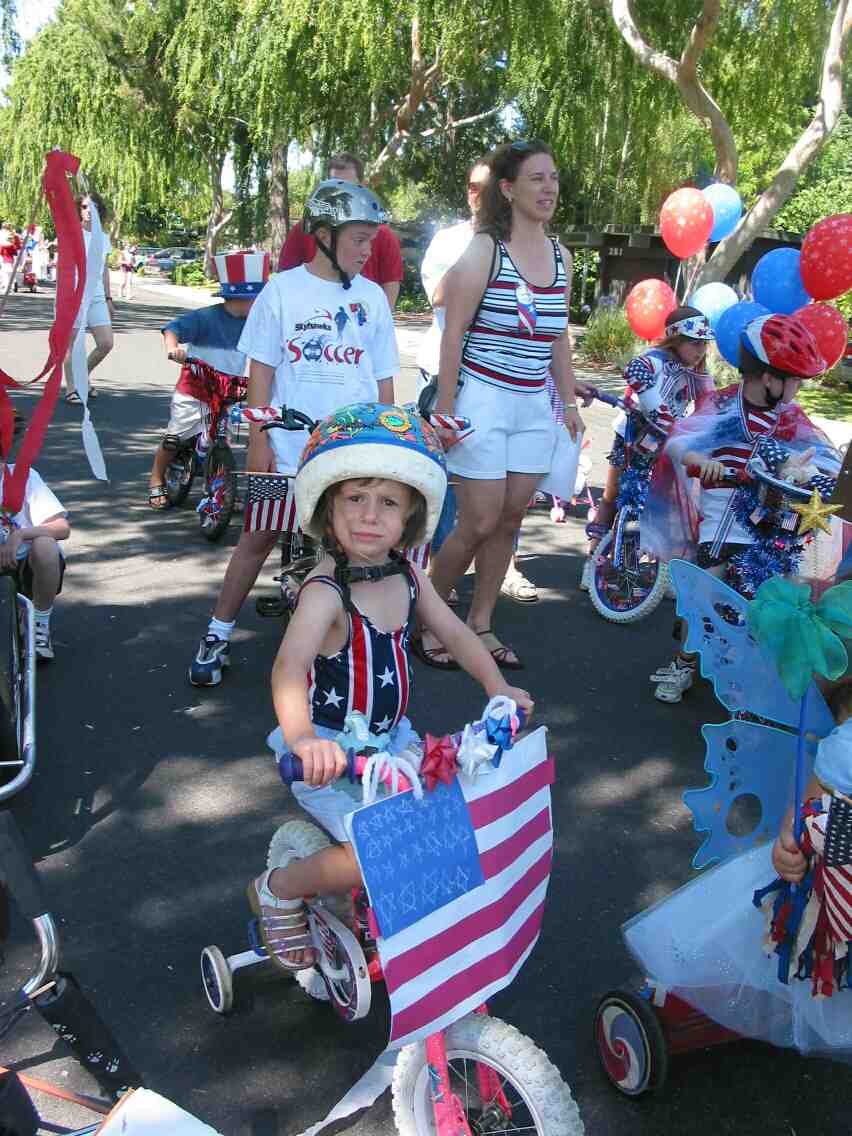 |
 |
Project P5:
Minimally supervised learning in computer vision
Project Goal
Cameras are improving in quality as they drop in price
while computer power per $ is exponentially growing...yet the
visual world is too big a place for carefully crafted models. We
need methods that automate or partially automate the visual tasks
that we want to perform. The goal of this project is to
automatically find features and processing that will cluster
objects (bonus: behaviors) into separate classes that may be
labeled by hand later.

Figure 1:
Complex visual world -- we have to automate the visual perception
of it.
This project will use a single standard or high quality camera to
collect video data of a chosen scene and automatically cluster the
objects (and possible behaviors) that occur in that scene.
Project Scope
This project will collect large amounts of video data
from a chosen scene, say the robotics lab itself, preprocess the
data with a large range of feature extractors and then use feature
selection techniques and unsupervised clustering to break the data
up into (hopefully) meaningful clusters. The feature
processing can take advantage of the OpenCV library. A
decision must then be made to go with unsupervised clustering (agglomerative
or spectral clustering for which
the instructor may provide code) or, perhaps better, use a
supervised clustering technique in a supervised manner such as
discussed by
Leo Breiman in his "Looking
Inside the Black Box" lecture. Briefly, Brieman's method
involves taking the original feature data as class 1, then
scrambling the feature and taking the scrambled data as class 2.
CART, boosted decision trees or Leo's Random Forests may then be
used to tell the classes apart. If such can be done, one can
iteratively apply feature selection to eliminate nuisance
features. The structure of such a learned model may then be
used to impose a distance metric between points and this may be
used to both cluster (via spectral clustering) and visualize the
data for labeling. The basic goal is to classify "things
that change" (people, robots, moved chairs etc). Bonus goal
is to make use of temporal information to classify behavior
as well.
Tasks
The project will be accomplished through the following
tasks. For speed and existing code, this project will use mostly C
code.
- Task 1: Data collection.
- Task 2: Feature preprocessing. Will have to code some
additional features, most exist in OpenCV.
- Task 3: Small scale experiments to decide whether to make
use of supervised or unsupervised. Initial code exists,
but will have to be modified.
- Task 4: Automatic clustering.
- Task 5: Visualization, to analyze and label resulting
clusters.
- Task 6: Use of clusters to identify the objects (bonus:
behaviors) in real time.
You will have assistance
setting up data collection, storage and processing power in the
robotics lab.
Project Status
Unclaimed.
Point of Contact
Gary Bradski
|
Midterm Report
not yet submitted
 |
| |


